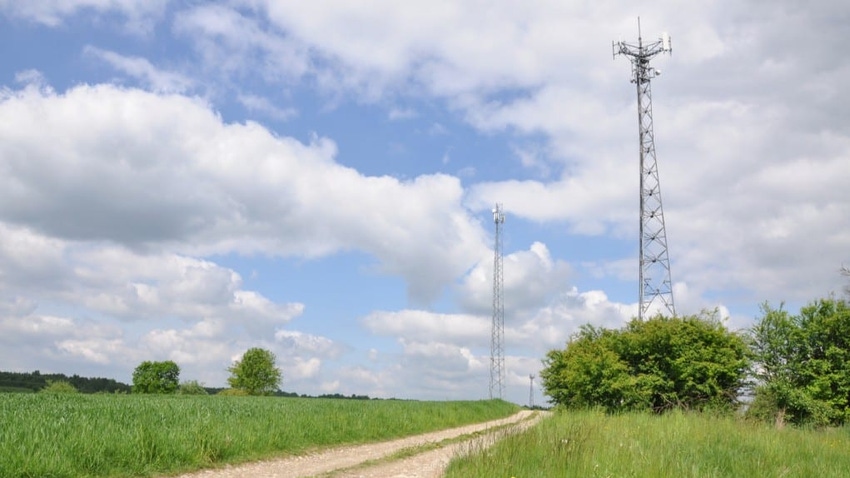UK government celebrates 4G upgrades in Wales
The first of 86 upgraded 4G masts has been turned on in rural Wales, promising some improved coverage in the region as part of the Shared Rural network scheme.
March 19, 2024

The Shared Rural Network is a project to improve mobile coverage in rural and remote areas across the UK. The UK government set the goal of extending 4G coverage to 95% of the UK landmass by 2025, providing £500 million of public money to do so, while UK operators provide another £532 million.
Areas targeted for some improved 4G coverage in this spate of upgrades include Pont-rhyd-y-groes, Ysbyty Ystwyth, LLanafan,Tynygraig, and West Fedw and Trawsgoed.
Powys County will be able to access 4G signal from all four operators - EE, VMO2, Three and Vodafone.
This has been achieved by upgrading existing masts as opposed to building a new ones, meaning ‘communities can benefit from improved connectivity without the visual impact involved when building new masts.’
“Bad mobile signal can cause people immense frustration and hold back businesses in rural areas,” said digital Infrastructure Minister Julia Lopez. “This is why I’ve made it my absolute priority to ensure that no one feels like they are being left behind because of the lack of reliable signal.
“I’m thrilled to see our rollout signalling the end of mobile blackspots in rural Wales in Powys County. Everyone – from residents and business-owners to tourists – can access future-proof mobile connectivity and enjoy the opportunities it unlocks.”
Welsh Secretary David TC Davies added: “I’m delighted to see the end of these mobile blackspots in Powys with the switching on of three 4G masts, and more to come in the next few months. The UK government is proud of our investment in the Shared Rural Network which is helping residents and businesses in rural Wales have access to fast reliable internet connections.”
Two more 4G masts are set to be switched on in in the villages of Esgair Maen and Bronfelin over the next few months, and a total of 86 are due to blink on across Wales as part of the project.
The UK government has put £180 million into this bit of the SRN. It’s not clear how much the operators themselves have put in because the announcement from the Department for Science, Innovation and Technology is mainly focussed on patting itself on the back for a job well done.
In the usual bombastic fashion in which progress on the SRN project is communicated, the release declares ‘the end of mobile blackspots in rural Wales’. Aside from the slight ambiguity as to the differences between the terms ‘blackspots’ and ‘not-spots’, both of which the release uses, an off the record industry source told Telecoms.com that even after this project, 5% of the Welsh landmass won’t have any mobile signal from any operator.
It’s hard to know the exact state of network coverage in any given area without the concrete figures being provided, and the declaration actually states the end of ‘rural blackspots’ as opposed to the entire landmass, so this could also be down to some selective use of language. But overall – while progress is being made – it’s probably safe to say even implying something like universal Welsh network coverage as a result of these mast upgrades is overstating it slightly.
About the Author(s)
You May Also Like








.png?width=300&auto=webp&quality=80&disable=upscale)


_1.jpg?width=300&auto=webp&quality=80&disable=upscale)


.png?width=800&auto=webp&quality=80&disable=upscale)